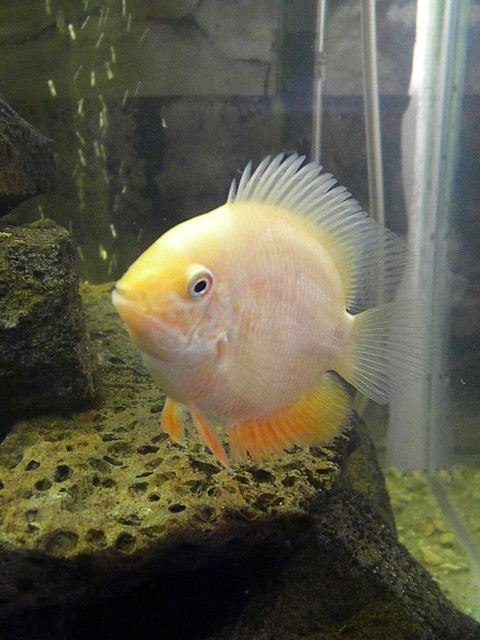With the world going after everything automatic, even fishes want to have their utilities to be automatic! And seriously enough, why should the fishes be left behind?
The Problem with Manual Feeding
You can’t really give the same amount of feed every time. Feeding fishes manually has this drawback where the amount of feed given is purely based on approximation. And fishes as we all know are a greedy lot. They do not know when to stop and can go on eating until everything you gave is exhausted; they might even die due to overeating.
In case you’re out for work, who will feed your fishes? You don’t really expect your dog to do the job for you; or do you?
Even when you’re not out for a long period of time, feeding fishes at regular intervals becomes next to impossible especially if you have a job that has no fixed working hours.
Automatic Fish Feeders
Automatic fish feeders are not only for the aquarium but are for the ponds too. Actually, this concept of automatic fish feeding came from the ponds and has been in use for a long time. Only recently, it was inducted for domestic use in aquariums. The advantages of using an automatic fish feeder are many.
Number of Feeds: Some advanced feeders have the capacity to provide your fish with food up to 8 times a day! Surely, there are fishes which eat less but eat frequently! You can vary the number of feeds depending on the type of fish you have. The bigger number of feeders are suitable for use in ponds and other large areas.
Type of Feed: With greater advancements in technology, the fish feed comes in pellets, flakes, or in the crumbled form. Earlier there was a problem in providing the desired type of feed for the fishes. But now, the dispenser opening comes in a universal size which allows the easy dispensing of almost any size and shape of the feed particle.
Holding Size: You may not require a large holding size of the feed for domestic and small aquariums, but with larger fish breeding water bodies, the holding size also increases. The popular ones can hold weights of 50 grams of food. The hopper is also an integral part of the holder and provides easy feed to the aquarium.
Avoid Moisture: The big problem with fish feed is that if it comes into contact with moisture, it gets spoiled. Modern automatic fish feeders can hold feed in the absence of moisture.
Automatic feeders are the next-gen aquarium utilities that help you administer the right amount of feed for your well-kept fishes. No doubt that these are great investments for your aquarium and the fish. The fishes are no longer crying foul!
Article Directory: Article Dashboard
|






